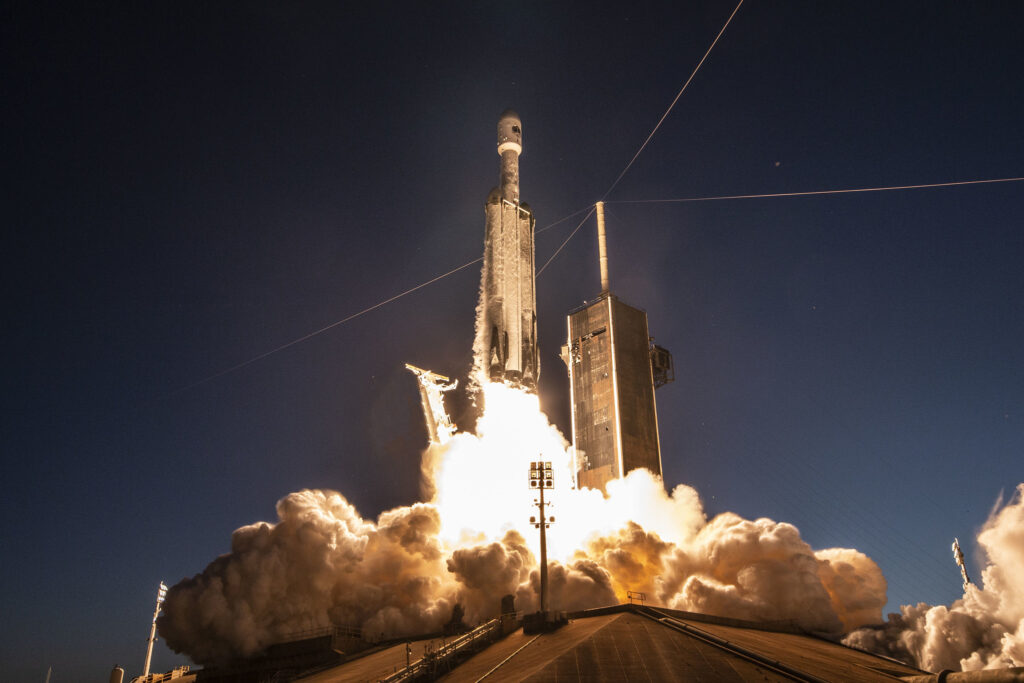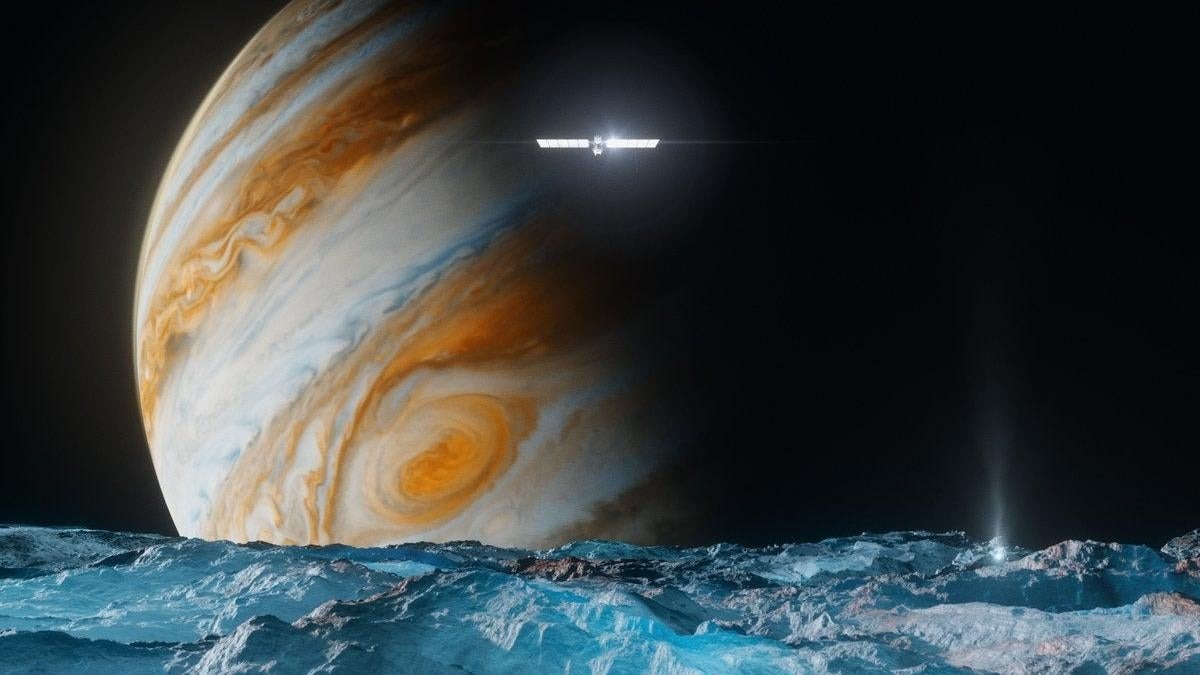The launch of the Europa Clipper mission was a success. The vehicle separated from the Falcon Heavy rocket and began its journey to Europa, which will take 5.5 years.

We have already covered the Europa Clipper mission in detail. It is one of the most complex and expensive interplanetary vehicles in NASA’s history. Its target is Europa, the icy moon of Jupiter with a huge ocean lurking beneath its surface. The vehicle will be expected to study this unusual world and determine the main characteristics of its ocean. This will allow scientists to assess how capable it is to support life.
The Europa Clipper launch was initially scheduled for October 10. But it had to be postponed for several days due to Hurricane Milton’s presence. The launch was performed without any problems. The Falcon Heavy rocket successfully launched Europa Clipper into interplanetary space. The spacecraft will have to deploy its impressive solar panels as well as the antennas of the radar with which it will explore Europa’s oceans.
In the case of the Falcon Heavy, since the Europa Clipper needed all the energy possible to reach an interplanetary trajectory, the rocket was used in a fully disposable configuration with no booster salvage. SpaceX performed the return of only the head fairing.
The Europa Clipper now faces a flight that will take 5.5 years to complete. On its way to Europa, the spacecraft will perform two gravity maneuvers for acceleration: in the vicinity of Mars in February 2025 and in the vicinity of Earth in December 2026. They will provide entry into an initial orbit around Jupiter in April 2030.

After getting to Jupiter, the Earth messenger will perform a series of additional maneuvers that will put it into an operational orbit. Europa Clipper will begin its main science program in early 2031. During it the spacecraft will make 49 close flybys of Europa. If the mission doesn’t encounter any severe technical problems (for example, related to the effects of Jupiter’s radiation on its electronics), NASA expects to extend the life of Europa Clipper in the future.


